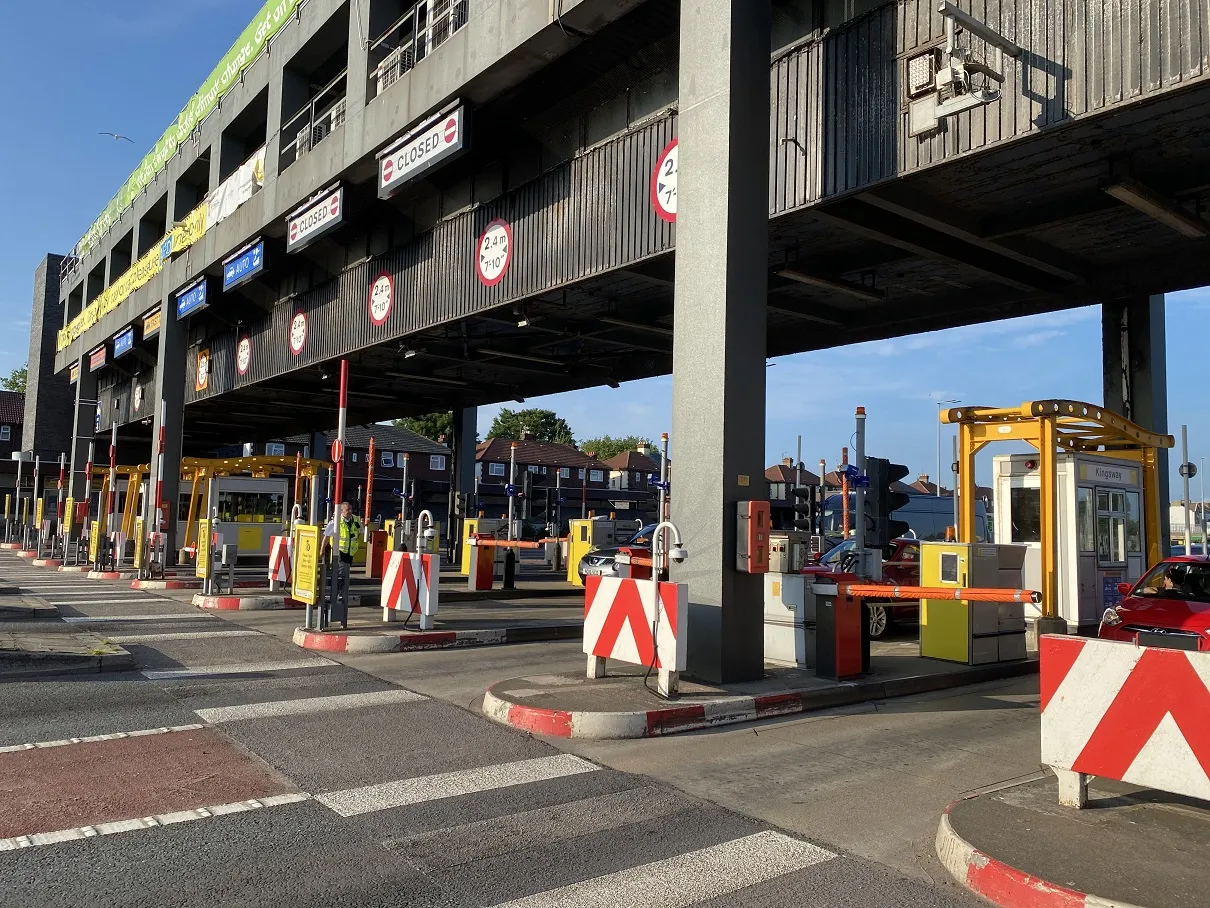
The toll tunnels under the Mersey River in Liverpool, UK, have received a pay-by-plate update.
Merseytravel has replaced the existing DSRC system, which was built on antennas and tags, with a modern video-tolling solution based on ANPR.
The new system, called T-Flow, introduced by tunnel operator Merseytravel, has seen 37 Tattile Vega Basic short-range automatic number plate recognition (ANPR) cameras installed in the two tunnels.
There are 16 cameras on the Kingsway (Wallasey) and 21 on the Queensway (Birkenhead) tunnels which between them see more than 70,000 journeys per day.
The Vega Basic traffic monitoring cameras read vehicle number plates and activate the payment process if the plates are registered to an account.
Once payment has been approved, the barrier will rise - and new customers to the T-Flow system will be able to use it within 30 minutes of registering, says Merseytravel.










